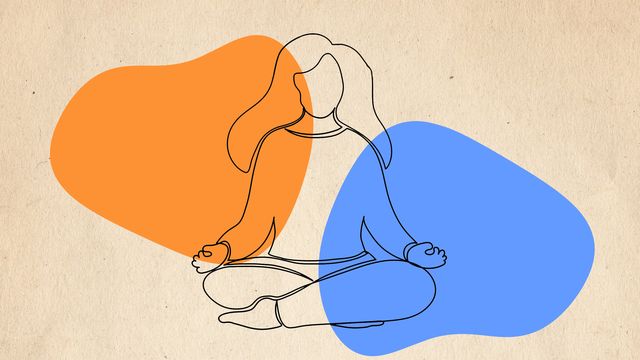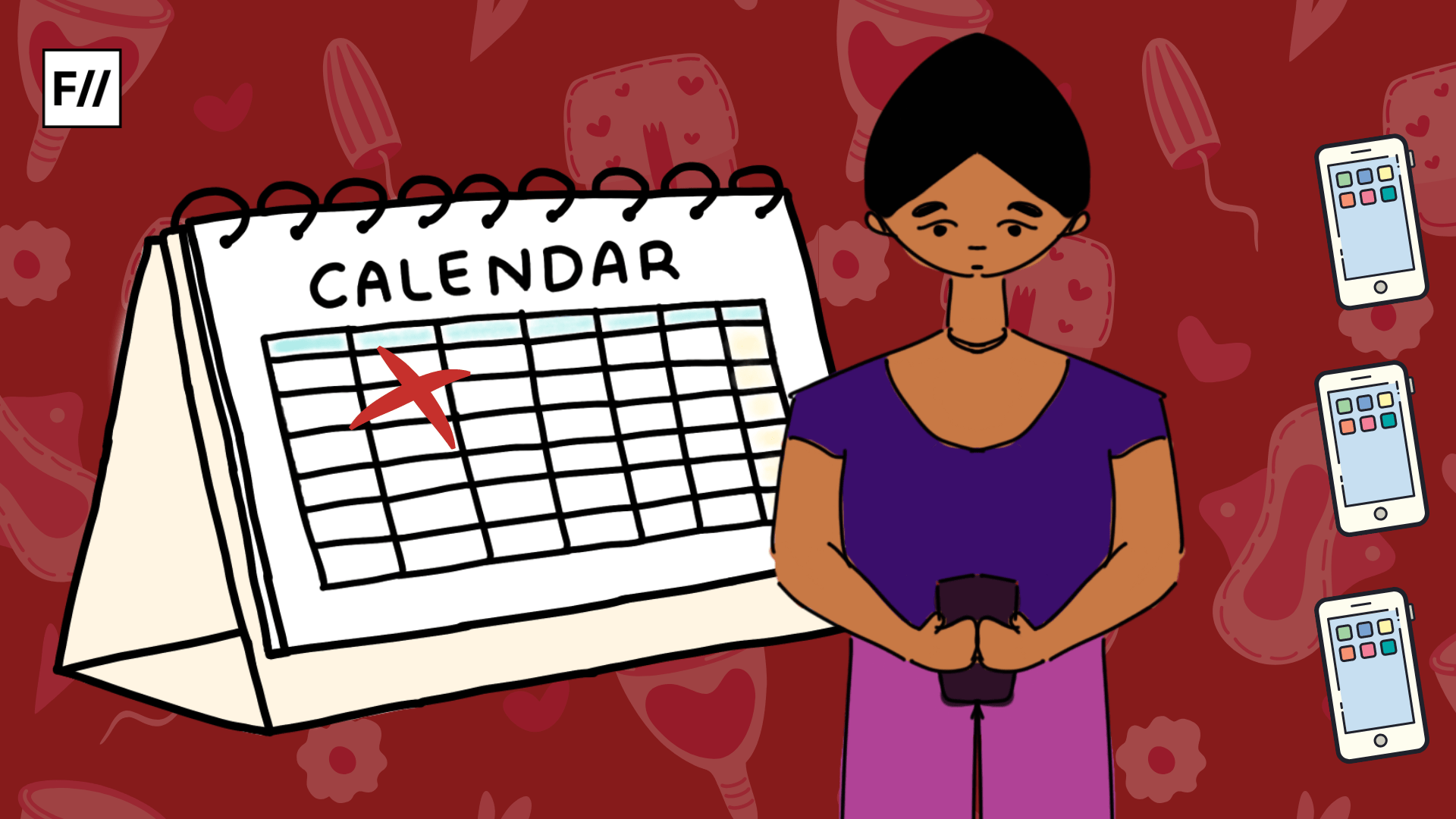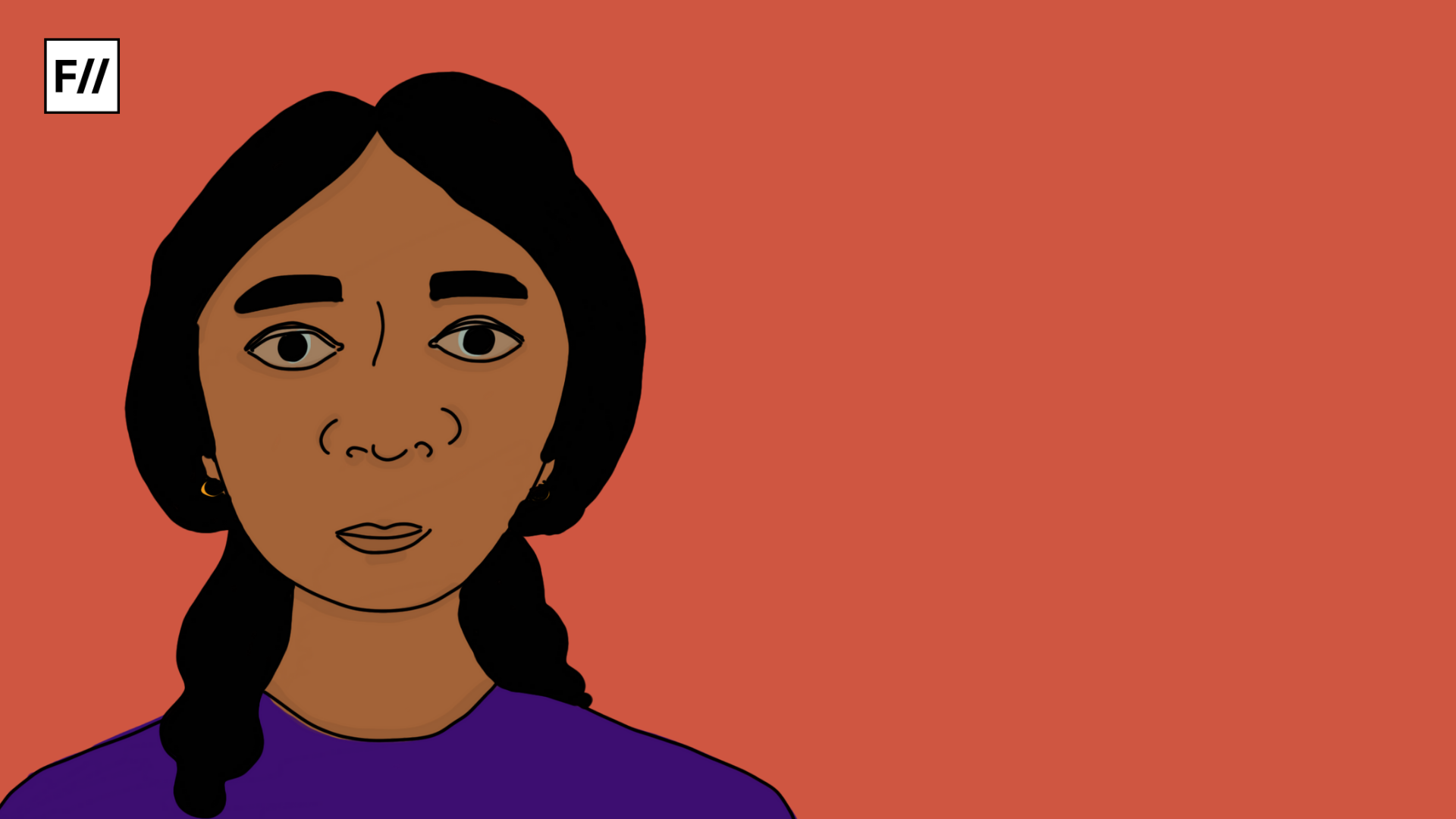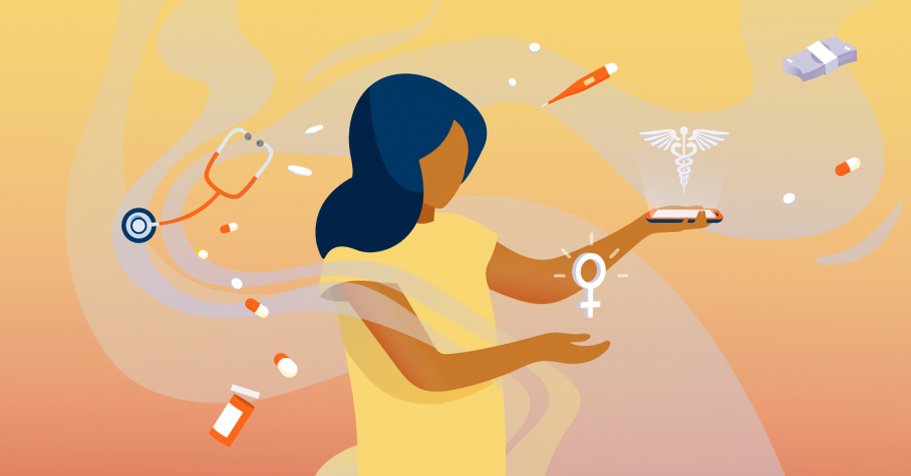Nearly 2 billion people worldwide suffer serious and long-term health conditions due to lack of crucial micronutrients in their diets. Though we need these micronutrients in small amounts, vitamins and minerals like iron, zinc, copper, and folic acid, among others, are important to remain healthy. Without enough iron in their meals, children experience stunted growth, low attention spans, and struggle with short-term memory. They don’t reach their full physical and mental potential and learn ‘20% less as adults,’ as per Wolfgang Pfeiffer, Director of Research and Development at HarvardPlus.
Iron deficiency also puts adults at major risk of health, social, and economic challenges.
Iron deficiency also puts adults at major risk of health, social, and economic challenges. They have low productivity, self-esteem issues, and trouble concentrating. More prone to diseases, they battle increased mortality. However, micronutrient deficiency impacts women more than men since they need higher amounts of iron, vitamin-B12, and folate for periods, pregnancy, and lactation. Deficiency of iron during pregnancy can lead to anaemia, which increases the risk of bleeding during delivery. The shock following even mild blood loss during childbirth can cause death, if not replaced quickly.
India’s blood-banking infrastructure cannot support ~26 million pregnancies each year. It is always short on blood supply for delivery room emergencies, putting women at grave risk. In 2018, anaemia led to ~25000 maternal deaths in India, whereas pregnancy-related complications were the leading cause of death in young Indian women between 15-19 years of age. The deficiency of iron, folate, or vitamin-B12 in pregnant women also doesn’t bode well for the newborn as it can affect in utero neurodevelopment, leading to neurologic, psychologic, and psychiatric challenges in childhood.
The hidden public health crisis
Not taking a balanced diet over the long-term creates micronutrient deficiencies of either minerals and/or vitamins. The lack of iron, iodine, zinc, vitamin-A, vitamin-D, folate, and vitamin-B12 causes hidden hunger, which ‘does not produce hunger as we know it. You might not feel it in the belly, but it strikes at the core of your health and vitality,’ said Kul C. Gautum, former Executive Director of UNICEF. Some groups are more vulnerable to that risk, as the fourth National Family Health Survey revealed that 58.6% of children, 53.2 % of non-pregnant women, and 50.4% of pregnant women were anemic, signaling how hidden hunger affects India’s women and children disproportionately.
Micronutrient deficiency is at an alarmingly all-time high, with experts warning 90% of young Indian women lack healthy iron levels. But, according to Dr. Amanda Weyand, a pediatric hematologist at the University of Michigan Medical School, it’s not just a food issue. People are having a lot less iron in their diets but ‘this plays a lesser role.’
Micronutrient deficiency is at an alarmingly all-time high, with experts warning 90% of young Indian women lack healthy iron levels.
Spotlighting some major reasons, KK Sharma, former Executive Director of the Food and Nutrition Board, in his study drew attention to the role of ‘low bioavailability of dietary iron from plant foods due to inhibitory factors, low levels of absorption enhancers in the diet, repeated pregnancies, increased needs during growth and development among children, parasitic infections, and chronic blood loss’ in throwing up micronutrient deficiency-related health problems in India.

Poverty makes these factors worse by limiting access to the right resources.
Zooming in on risks and symptoms
Iron deficiency in women makes them prone to excessive fatigue, infections, and cognitive problems. During pregnancy, low iron levels increase the chances of premature delivery, placental abruption, and low birthweight infants. And if not corrected at the right time, it can cause maternal death and lifelong development challenges for the child. Micronutrients like vitamin-B12 and folate are also equally important for healthy maternal and foetal tissues at all stages. While their deficiency is widely prevalent in India, they are especially absent in women of reproductive age.
This trend is concerning because women pass down their low micronutrient stores to their newborn girls. Growing up on the same monotonous unhealthy diets, these girls, upon entering pregnancy, pass on ‘depleted quota of micronutrients to their own progeny’, in Asok C. Antony’s words, participating in a vicious cycle of ‘nutritional poverty down the next generation, ad infinitum.’
The symptoms of iron deficiency vary with the range. Some people may not feel at their best when their iron is on the low-end, while others may feel completely exhausted.
It’s why timely detection is incredibly important. The symptoms of iron deficiency vary with the range. Some people may not feel at their best when their iron is on the low-end, while others may feel completely exhausted. For others, symptoms may not show up at all or may be vague like headache or tiredness, which may be commonly brushed off, leading to the underlying cause going undetected. One group that’s particularly at risk of developing iron deficiency is young women and menstruators.
Losing iron during periods
Being a monthly event, periods are often off the hook for creating trouble and messing with people’s iron levels. But according to Weyand, ‘menstruation, especially heavy bleeding, which is also quite prevalent in the general population, is a risk factor for iron deficiency,’ Losing anything over 80mL of blood during periods is heavy bleeding, which can cause anaemia and severely impact the quality of your life. Yet, periods aren’t in focus because ‘menstruation is stigmatized within our society, so issues may not be raised by patients or may be dismissed by providers,’ Weyand told Yahoo Life.

However, the deficiency caused by periods isn’t temporary or a weekly thing but rather a chronic issue with longer-term iron stores. It doesn’t happen that people are low for just a week every month. Instead, it’s an intergenerational problem in Weyand’s opinion. Being low on iron means ‘you probably don’t have enough to meet your needs, including having enough to fill your iron storage proteins. Otherwise, you would be able to use iron stores when you needed them, like during your period,’ said Sonya Angelone, a registered dietician and spokeswoman for the Academy of Nutrition and Dietetics.
What can be done?
On an individual level, the first step to combating iron deficiency is being aware of how common it is. Taking iron-rich foods like fortified breakfast cereals, spinach, lentils, tofu, and white beans is important. In severe cases, doctors may recommend an iron supplement but taking it without consultation isn’t advised since iron supplements have side effects. And if the deficiency is due to something else, it may happen that symptoms go away temporarily but the root cause may not.
The government must also do its part in food fortification with iron, zinc, and other micronutrients. Several studies have shown that fortification of food with solo or dual micronutrients have positive health outcomes for women and children suffering from micronutrient deficiency. But the current schemes and initiatives are either lacking short or aren’t complied with, due to lack of awareness among vulnerable populations. To do right by its girls and women, Indian politicians and policymakers must actively work toward ensuring women of childbearing age get sufficient folate and vitamin-B12 so that their micronutrient stores don’t fail them at key life stages like pregnancy and childbirth.
Vitamin-fortified tea is one solution to tackle the deficiency. But the need is to come up with other effective alternatives and draw a comprehensive plan to reduce life-threatening health complications among all Indians. HIdden hunger is a significant public health problem in India, deserving to be at the forefront of all national priorities, discussions and at the health-related policy making decisions.
About the author(s)
Kirti writes on gender for FII. She's available at reachkirtigoyal@gmail.com






